Dating Lichens
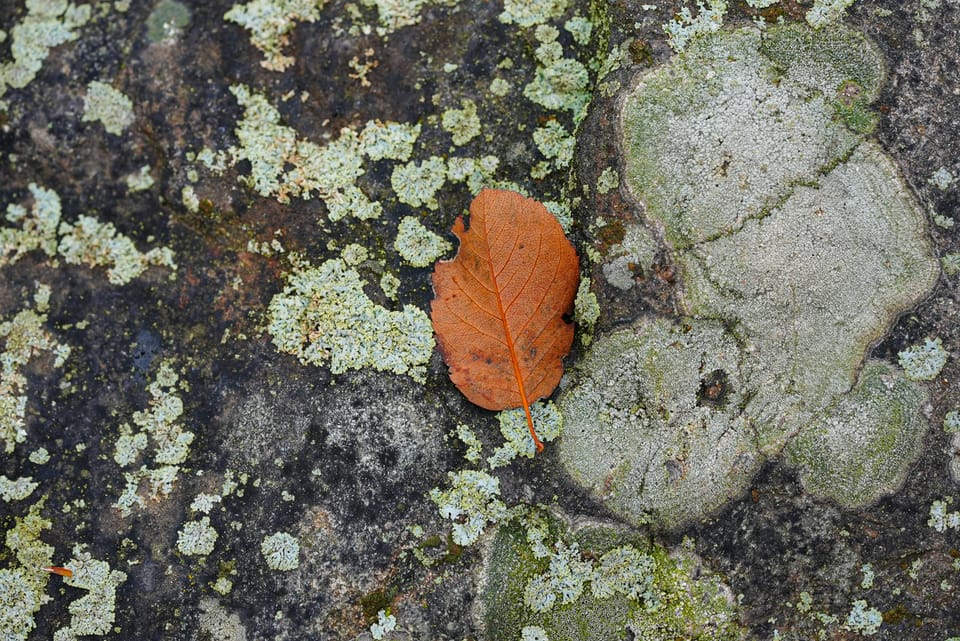
With the arrival of cooler temperatures and rainy weather, it's time to marvel at lichens as they waken from their summer dormancy.
Lichens are typically overlooked or regarded as little more than insignificant coverings on logs and rocks, but they are in fact one of the Earth's dominant lifeforms. Did you know, for example, that lichens cover more than 10% of the Earth's surface?!
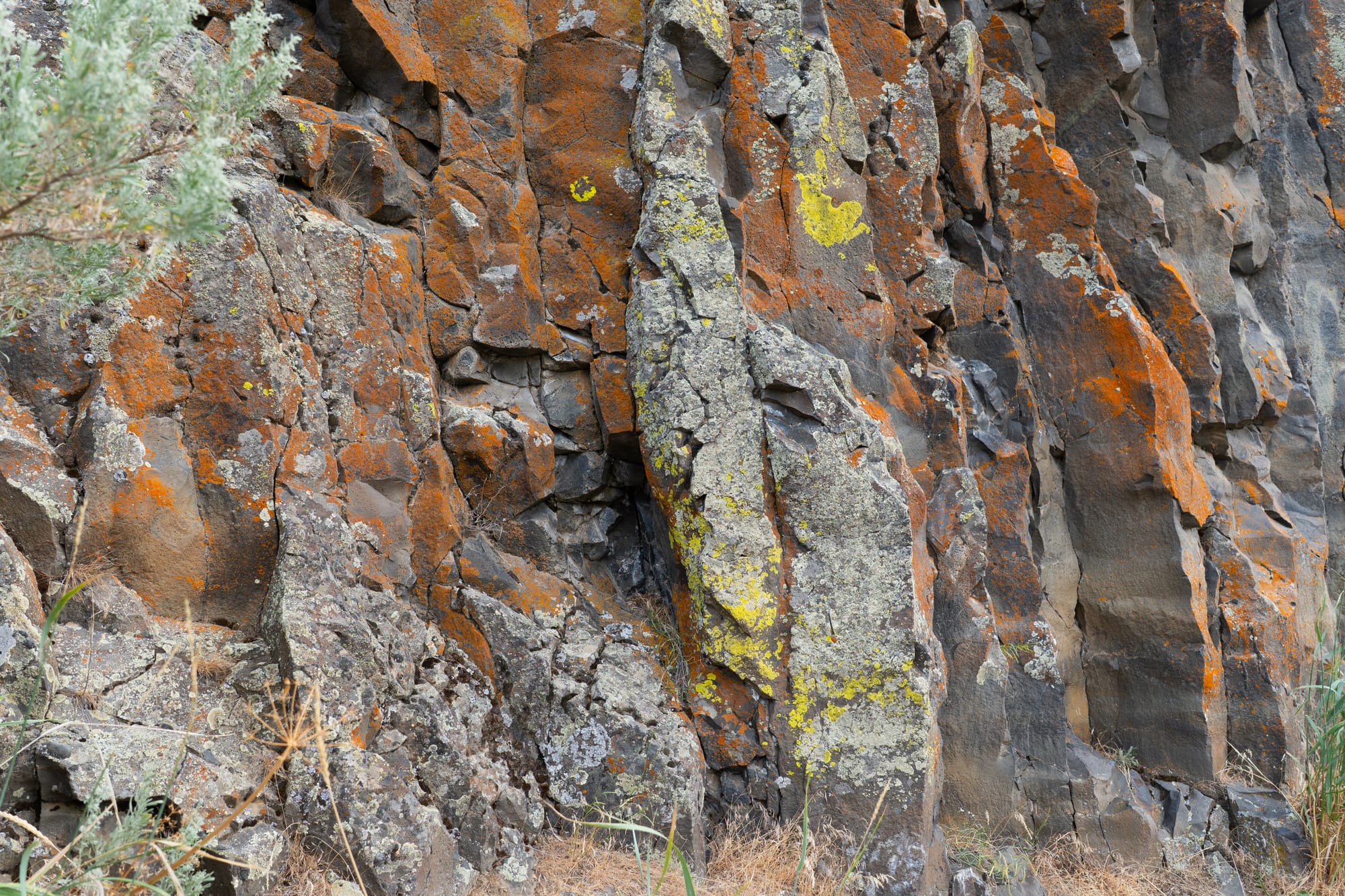
There are many incredible facts about lichens, but today I want to focus on one part of their story: Lichens grow very, very slowly.
Each lichen originates as a microscopic spore landing on a rock or tree, or a fragment broken from an older lichen. From this single point, a newly established lichen begins growing outward in an ever-expanding circle.
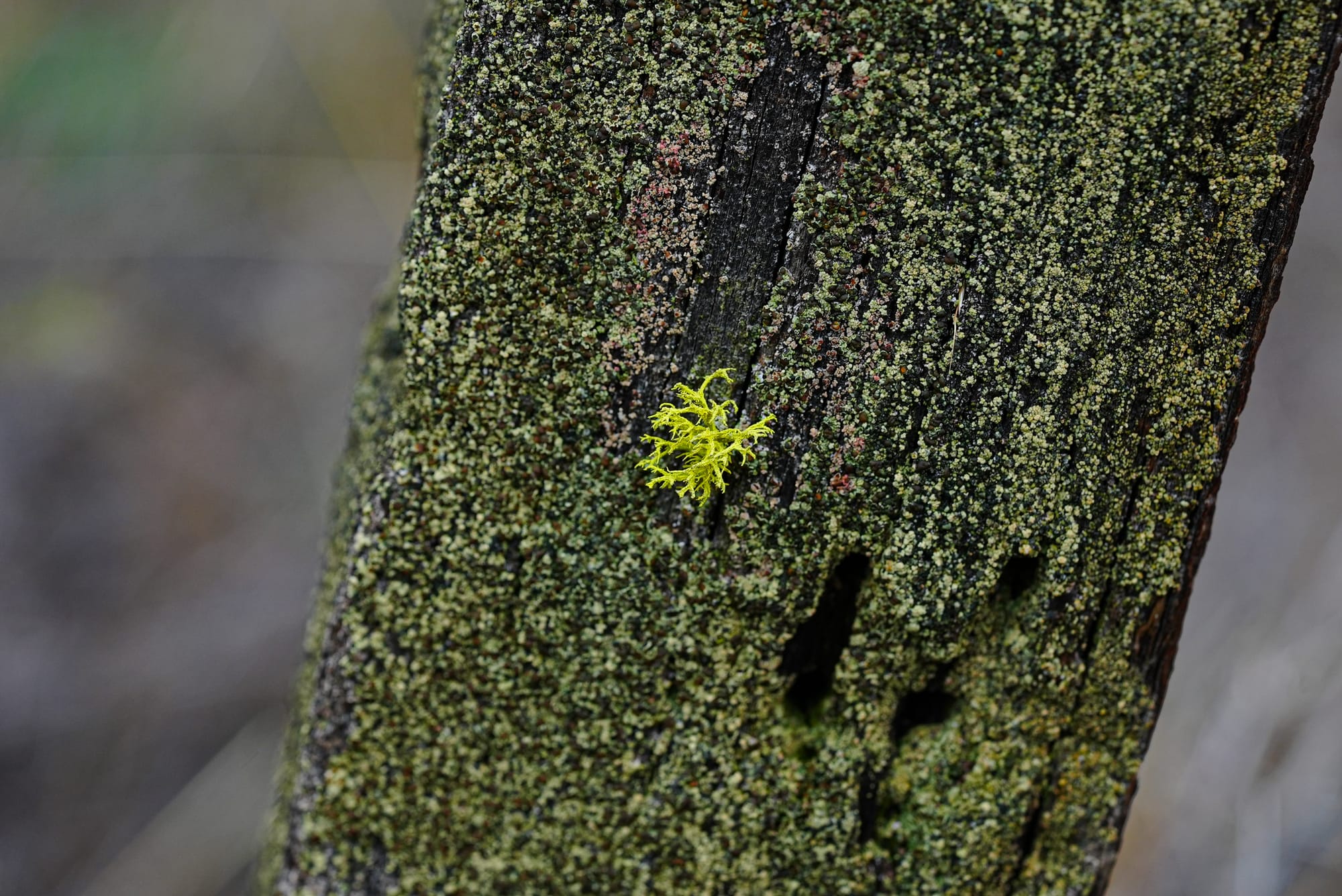
The radial growth of a lichen may be obscured by competition from neighboring lichens, by uneven surfaces, or by variable environmental conditions.
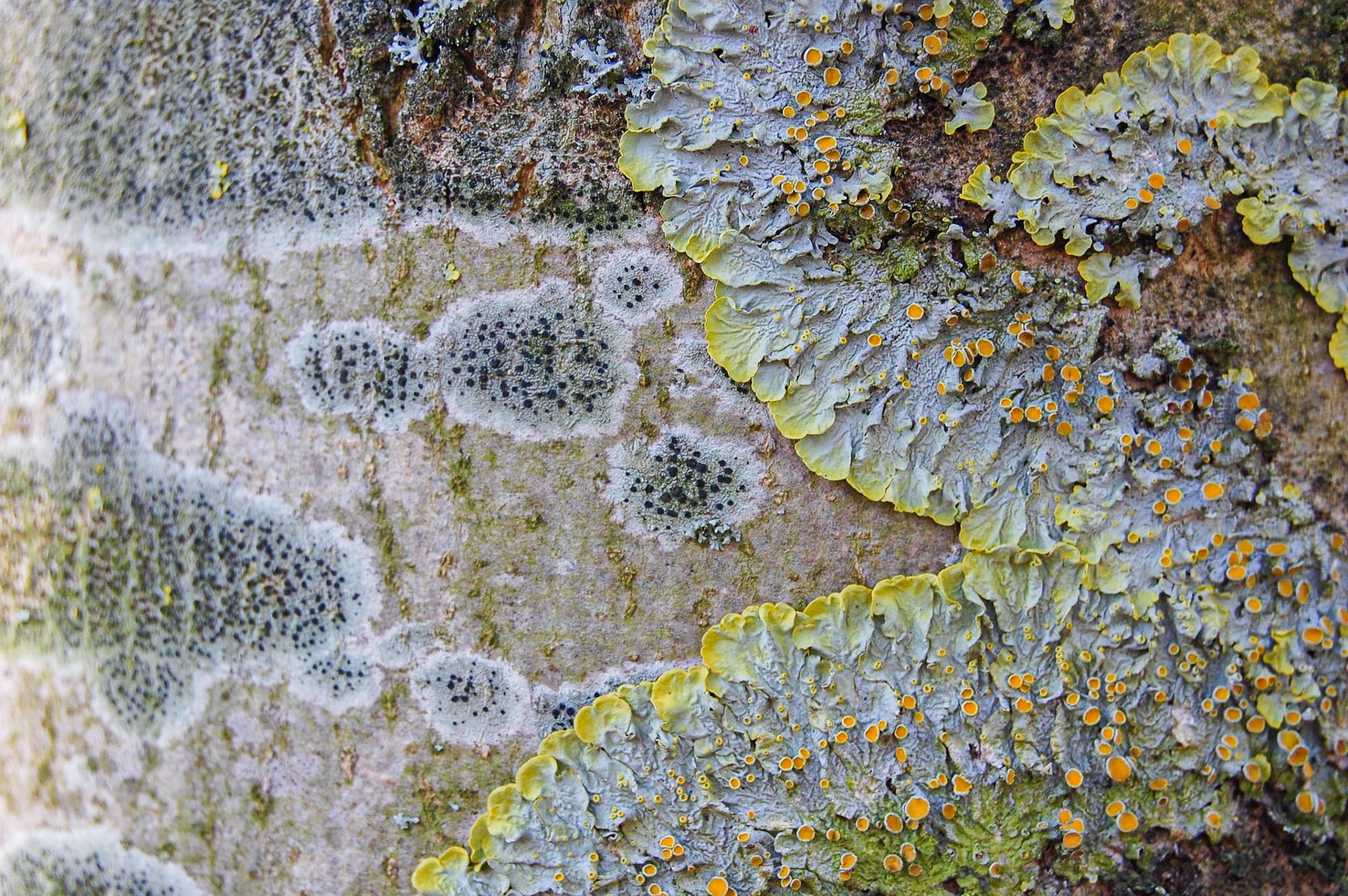
But in ideal conditions, some lichens maintain their circular shapes for thousands of years, which means that scientists can measure the size of these circles and get a relative estimate of how long they've been living.
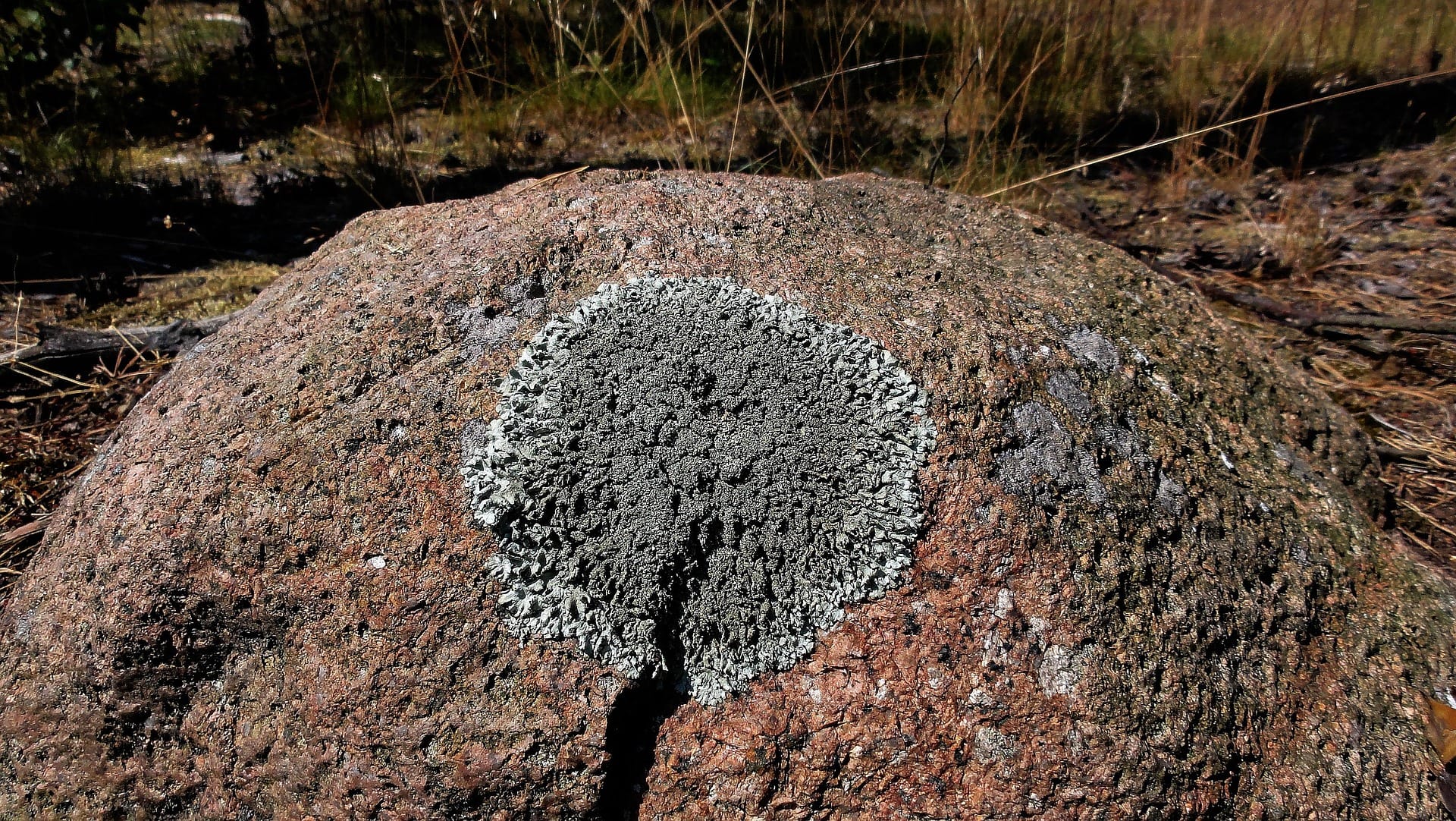
This may not make much sense until you realize that circular patches of lichens—especially lichens growing on rocks in arid or cold conditions—grow by fractions of a millimeter each year. A single, easily measured circle of lichen might be thousands of years old.
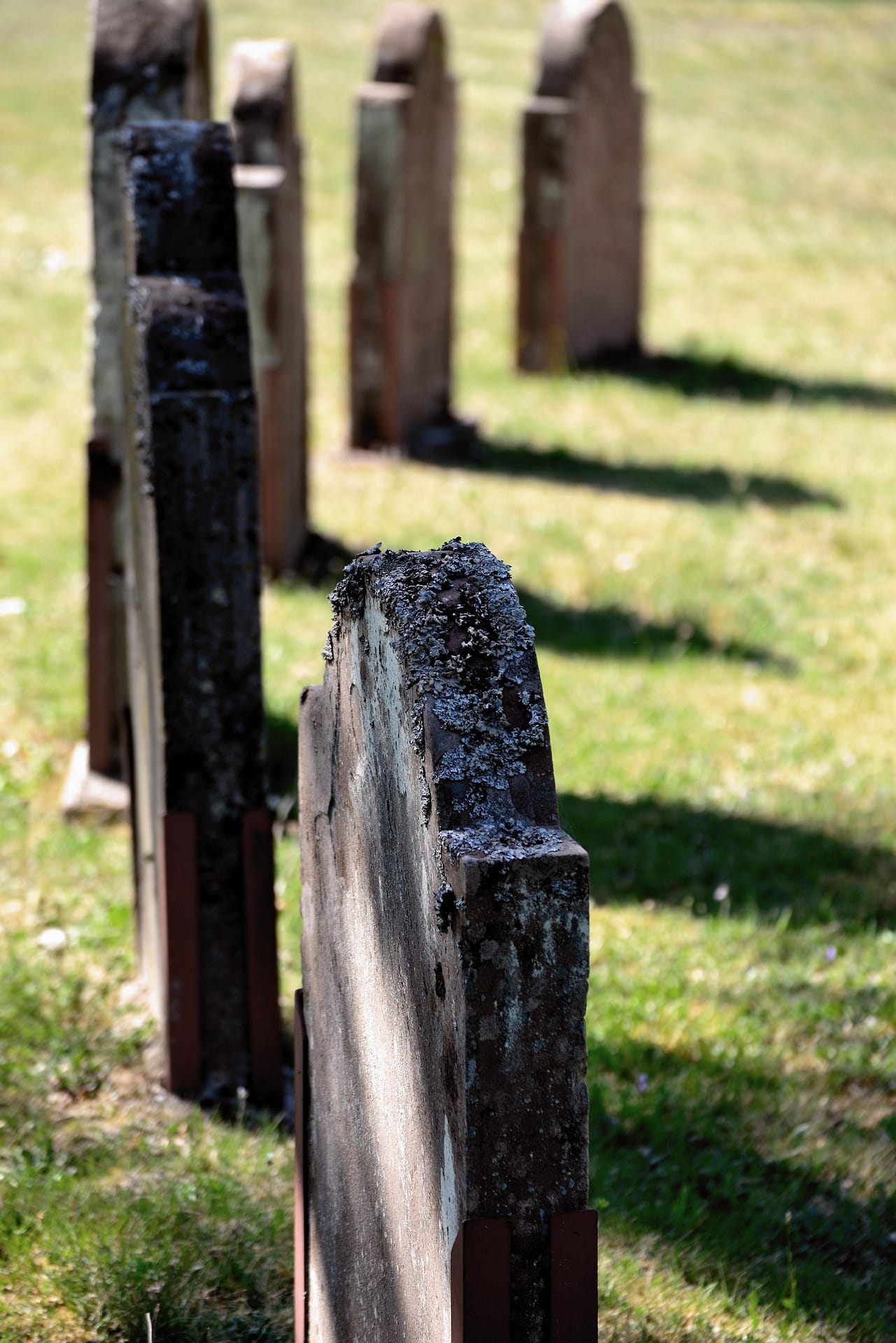
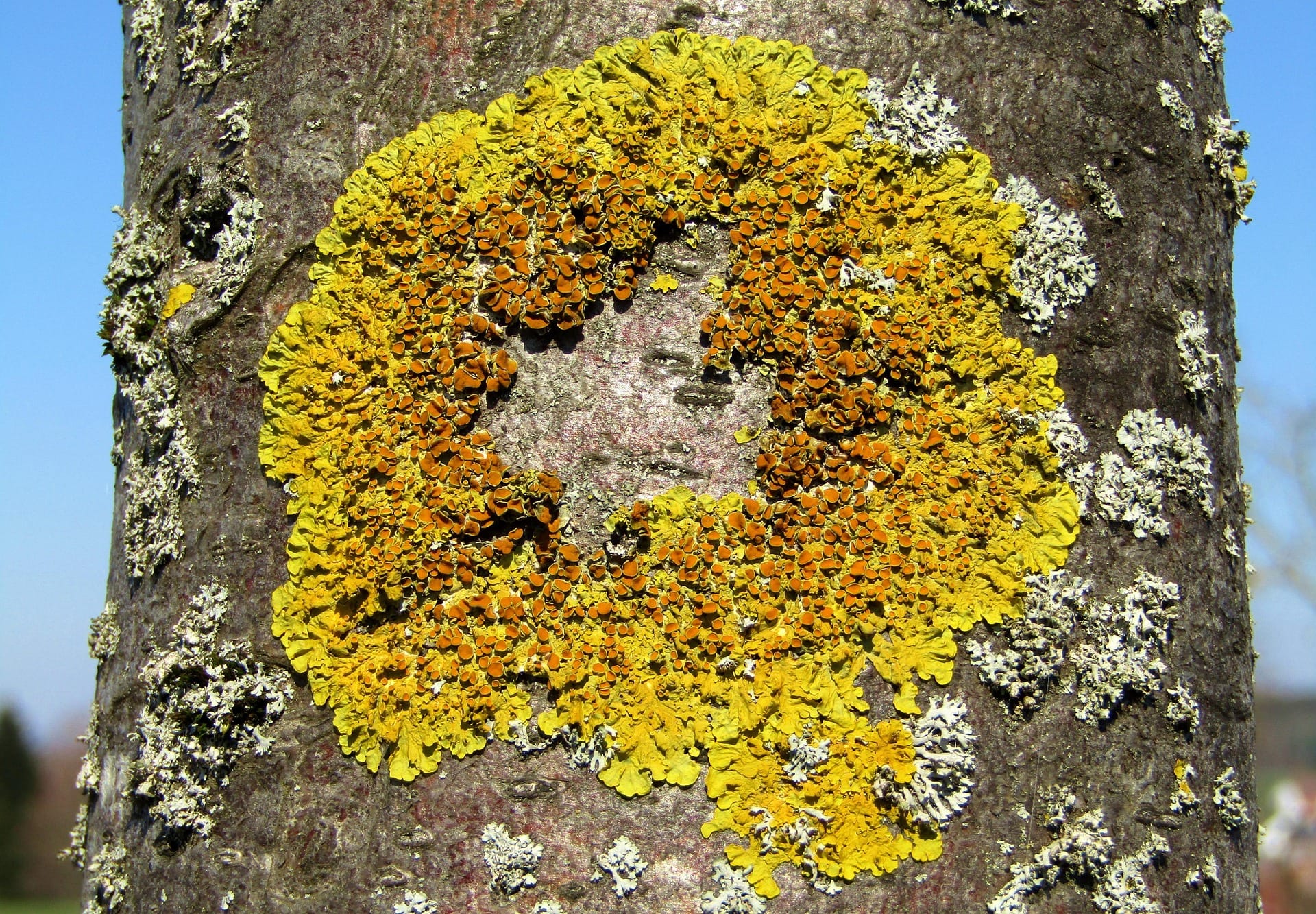
These measurements could be dismissed as a novelty except for the simple fact that lichens begin growing on surfaces as soon as they're exposed, which means that the age of lichens on a surface tell a story of what has happened in the past. And the science of measuring lichen growth (lichenometry) has become particularly useful in the field of glaciology, where scientists are studying how far glaciers have extended in the past, and how quickly they're retreating in the present.
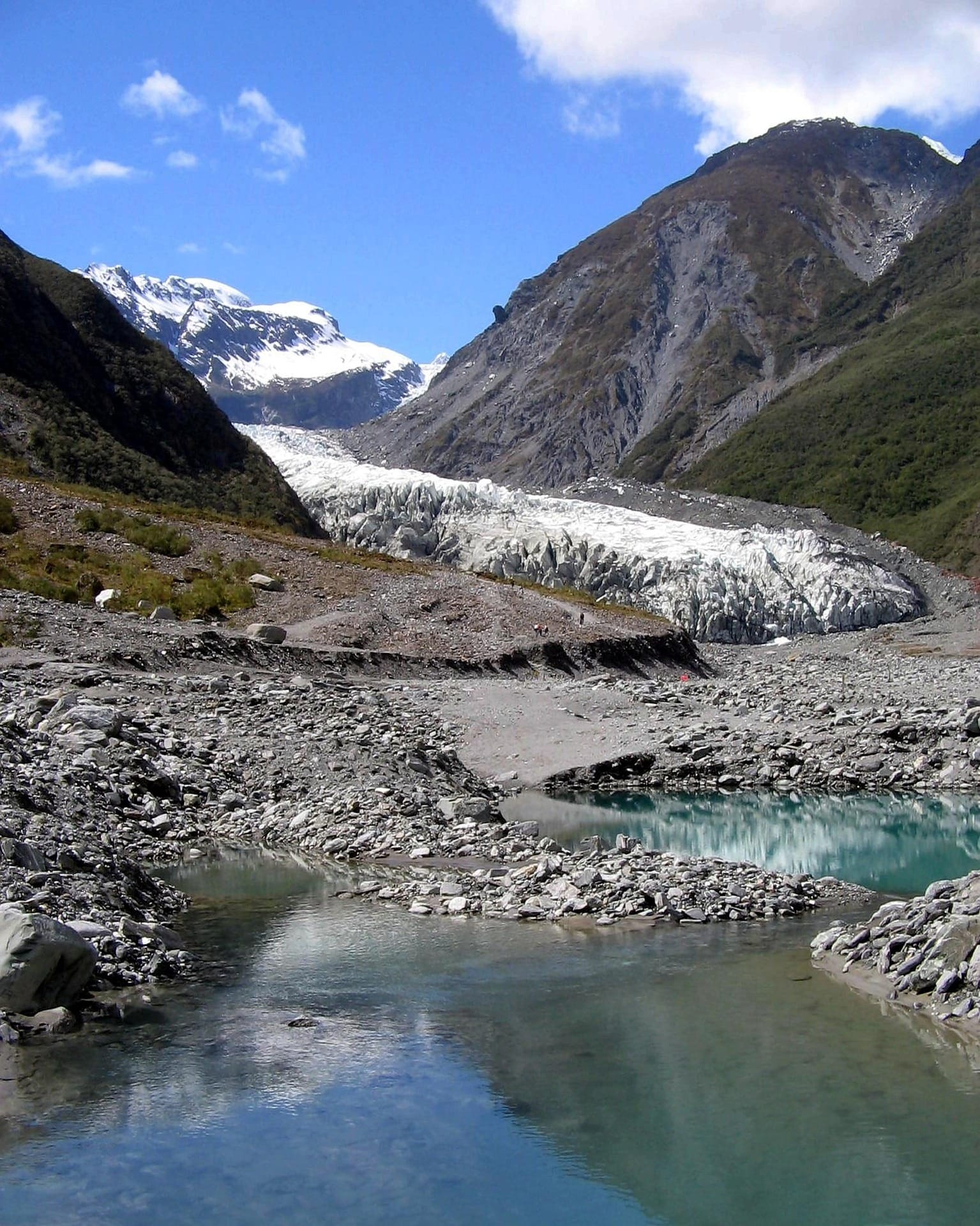
As glaciers melt, they expose bedrock that was hidden under the ice and leave behind boulders that were carried in the ice. These newly exposed rocks are soon colonized by lichens, and scientists can measure the size (and estimated age) of lichens on a transect along a glacier's path.
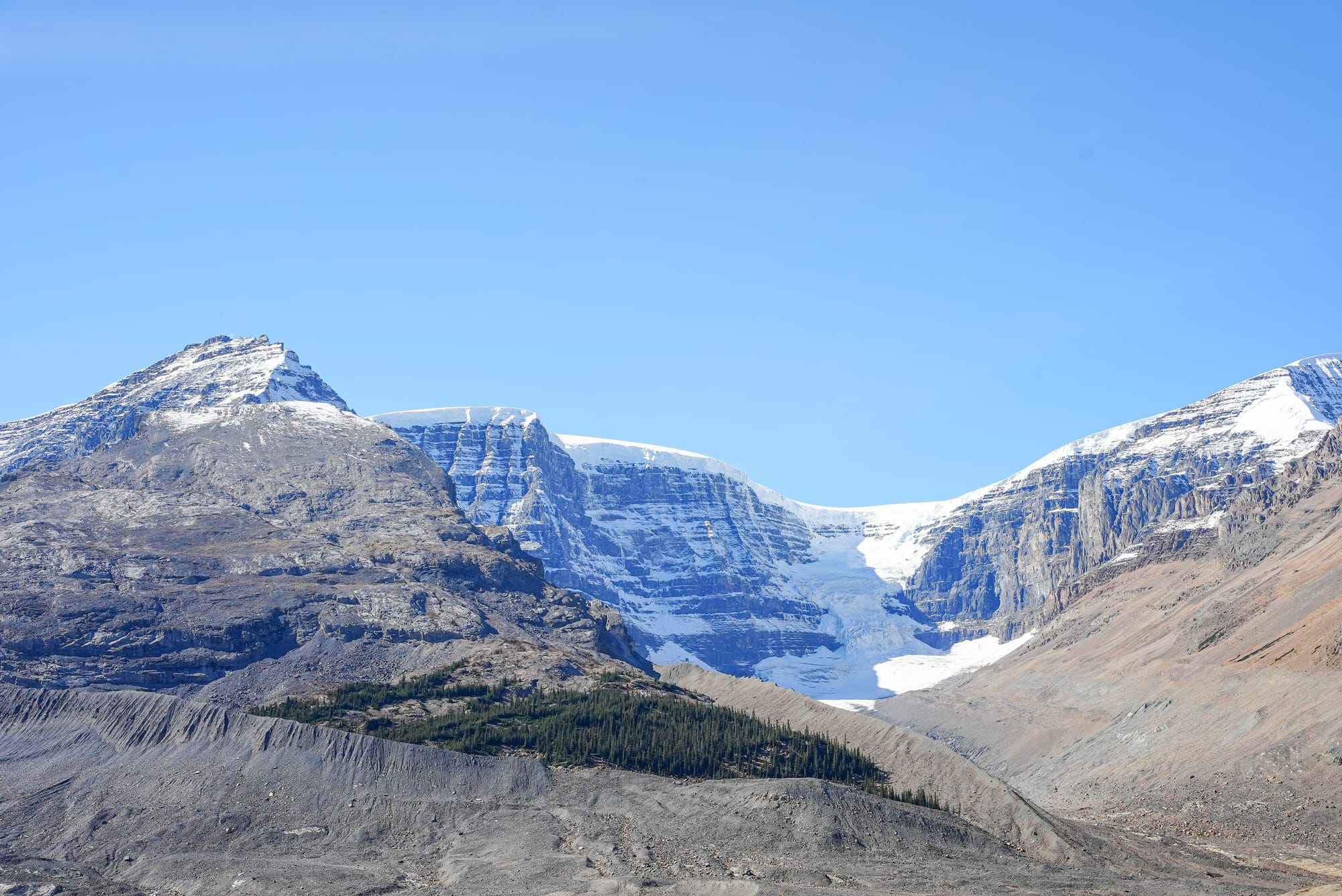
Lichenometry has its own limitations, but it's a valuable tool because scientists can use it to calculate dates that are less than 500 years old. This fills in a gap missed by radiocarbon dating (which measures objects that are 500-50,000 years old) or cosmogenic nuclide dating (which works best for samples that are 1000-1,000,000 years old).
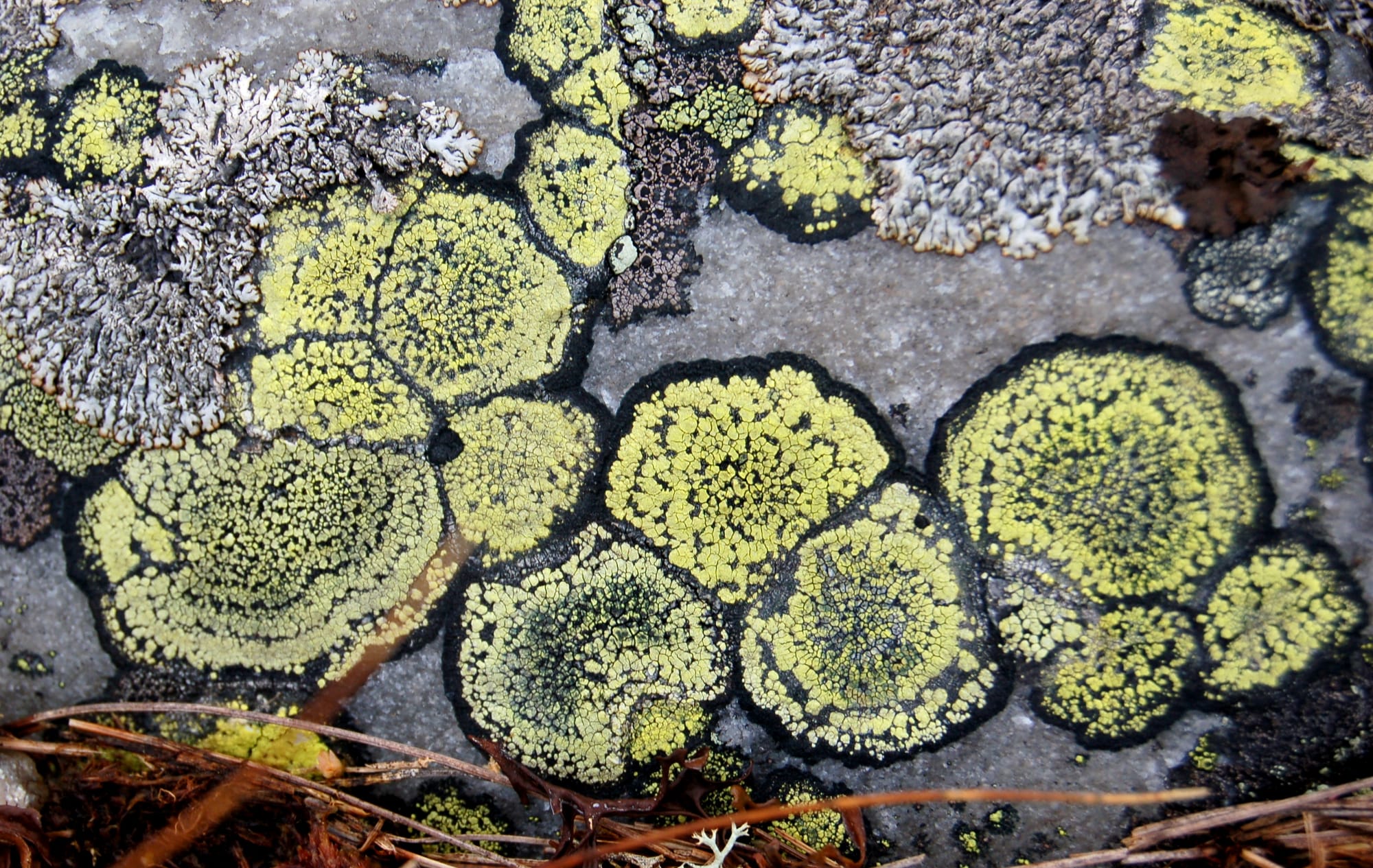
While other techniques require highly sophisticated tests in specialized laboratories, lichenometry works because it is such a simple and inexpensive technique. Even a naturalist can admire and measure these circles, or marvel at their age on a casual outing.

Member discussion